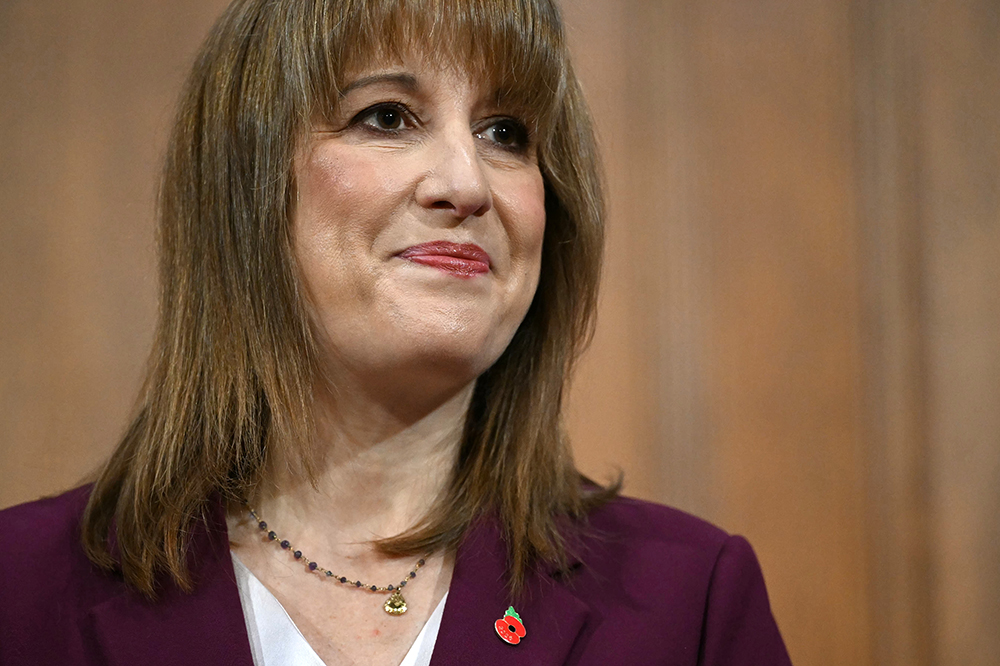In Birmingham, schoolchildren as young as five have been reportedly asked to write Valentine’s Day cards to asylum seekers. One group of children were said to have created heart-shaped messages with slogans like ‘You are welcome here!. Let us count the ways that school children sending Valentine’s Day cards to asylum seekers might be misinterpreted or otherwise lead to unintended consequences. Let alone whether it might cause alarm to parents, and generally reinforce the idea that the people in charge in this country are either profoundly naive or politically malevolent.
Firstly – how might a Valentine’s Day card be interpreted by the intended recipients? In most of the world, the celebration of what we used to refer to as St. Valentine’s Day is still a very recent phenomenon; its introduction was largely commercially driven, based around adult conceptions of romantic or sexual relations. As it sadly is in this country nowadays, albeit with its older role as a celebration of more platonic forms of love still lingering somewhere in the folk memory. The journalist David Aaranovitch suggested it was ‘disgusting’ to perceive a sexual connotation in a Valentine’s Day card – but in most of the world, Valentine’s Day has no other connotation.
In many countries there would be uproar if a teacher even mentioned Valentine’s Day to their children
Anywhere in Asia and in most of Africa, Valentine’s Day is regarded as the western import that it is, and is associated with Western conceptions of sex and relationships – or at least, with those places’ imagining of western notions of sex and relations, which they understand to be a complete free-for-all, without any constraints of social or religious propriety.
Outside of the more westernised urban classes in the Middle East or India, it would still be considered a bit racy to mark Valentine’s Day within a marriage. Certainly, no child in those places is making a Valentine’s Day card at infants’ school and giving it to their mother. In fact, in many countries there would be uproar if a teacher even mentioned Valentine’s Day to their children.
Secondly, there’s the question of who exactly the recipients are. As far as we can tell the cards were not sent to named recipients, as opposed to the clients of a particular charity as a whole. This spared the school the trouble of considering these people as individuals with any specific characteristics; names, nationalities, genders or ages.
Much of the outrage to this story has come from people making an educated guess regarding the demographics of the recipients based on those of asylum seekers in the UK generally. That is to say they are likely to be predominantly male, in their twenties or thirties, and from places like Afghanistan, the Middle East or the Horn of Africa.
It’s quite striking that those who encourage us to make asylum seekers ‘feel welcome’ are often very hostile to actually considering specific characteristics that might help us define them as individuals. Even speculating on their nationalities is regarded in such quarters as being slightly conspiratorial. They prefer to think of them generically simply as ‘refugees’.
This brings us to what the actual purpose of the ‘Schools of Sanctuary’ organisation that planned this exercise was. It has nothing to do with refugees as individuals. Instead, it is about instilling in children at a young age the trappings of empathy toward an amorphous, ageless, stateless blob of people for whom they ought to feel sorry, like ‘the sick’ or ‘the poor’. In successful cases, some of these children will retain such simplistic notions into adulthood, and go on to become columnists for the Independent and the Times.
But this is a mockery of real empathy. You cannot truly feel empathy for another human being whilst forbidding yourself from considering them as having an age, being a man or a woman, or as coming from a specific place as you yourself do. But as soon as we start to think about asylum seekers as individuals, we risk running into group characteristics that detract from public sympathy. Only by completely stripping people of their individual characteristics can we hope to remove prejudice, so the reasoning goes.
On the streets of many of our cities, we can see the results of this policy of treating ‘refugees’ as a fungible mass of blank humanity, to be slotted in wherever there’s physical space, and left to mill about aimlessly. Housing of Multiple Occupation with a dozen guys from several random countries, with equally random reasons for making their way to Britain. All they likely have in common with one another is that some Home Office lawyer decided that a rejection of their asylum claim could be challenged plausibly under Article 8 of the ECHR. Perhaps, an anonymous card from a local primary school makes up for any of the normal means by which a human being may find a sense of belonging in this world, and which these men have been convinced to sever themselves from to come to Britain.
We can only speculate as to how baffling the contents of these cards might have been to a lad from Eritrea or rural Syria whose only previous exposure to Valentines Day was when it popped up on the sort of website that he’d now need a VPN to access in this country. I suspect pure bemusement was a more likely reaction than the ostensibly intended one of ‘feeling welcomed’. But the people whose idea it was have no interest in that at all – their interest is in shaping the views and assumptions of young children.








Comments